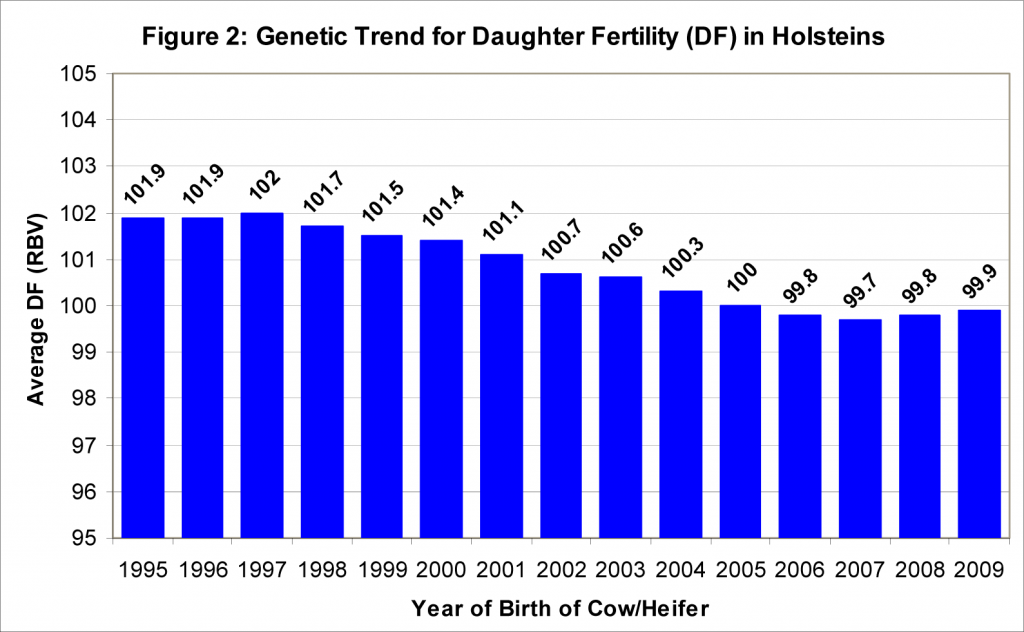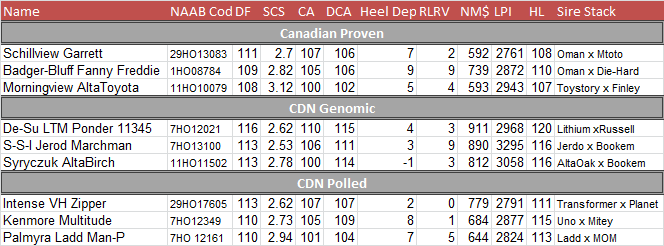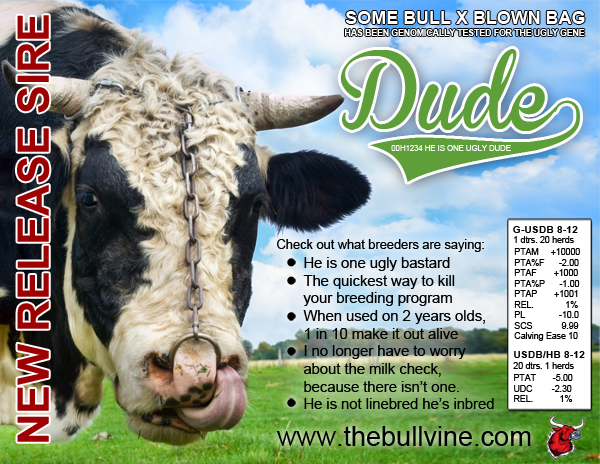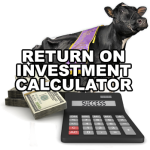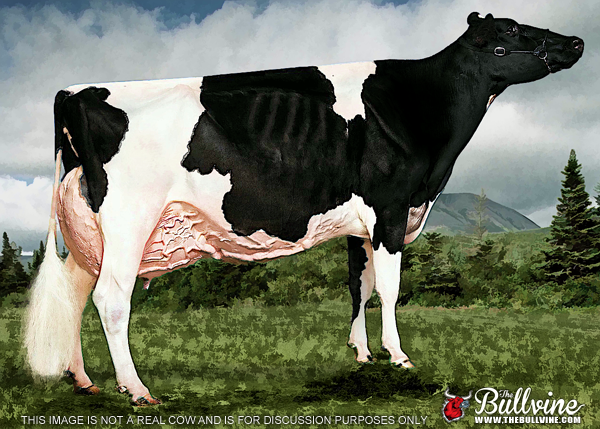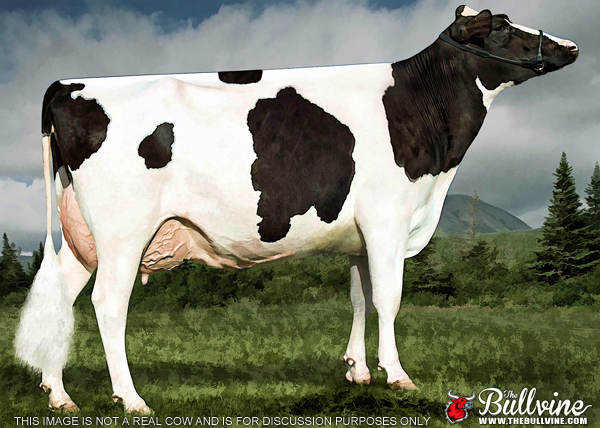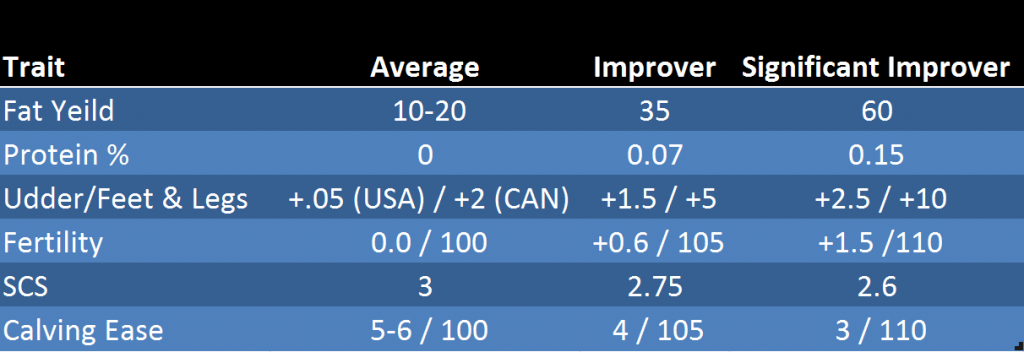Wondering why most US dairy farmers are Republicans? Let’s delve into the numbers and reasons behind this trend. Are you curious about the political landscape of your industry?
Have you ever considered how your deeply held political beliefs influence your day-to-day farm operations? This is a significant factor for many dairy producers in the United States, impacting everything from feed pricing to regulations to sire selection. Most dairy farmers in America identify as Republicans, and their political allegiance can shape their attitudes toward government policies, trade barriers, and environmental rules. These beliefs influence their voting habits and how they run their dairy farms. Do your political beliefs align with your farm management practices? This is a crucial issue, especially considering the future of agriculture. ‘Politics isn’t just a game; it has real-world implications for American farms and livelihoods.
Statistics Prove the Point: Farmers Leaning Republican
Statistics also support this. According to a 2018 American Farm Bureau Federation survey, about 75% of farmers and ranchers, including dairy farmers, identified as Republican [source: American Farm Bureau Federation, 2018]. Another National Milk Producers Federation study found similar results, with 70% of respondents favoring Republican beliefs [National Dairy Producers Survey, 2022]. In 2020, 75% of counties with large dairy farms voted Republican [source]. Individuals and PACs associated with the dairy industry made $5.1 million in federal contributions during the 2020 election cycle. Most of that money went to Republicans, as it has for the past 20 years. Republicans received 71 percent of donations from the dairy industry, a slight drop from the 2018 cycle when 74 percent went to the GOP [source]. These statistics provide a clear picture of the political situation in the dairy farming sector.
From New Deal Democrats to Reagan Republicans: The Evolution of Dairy Farmers’ Political Affiliation
sheds light on the present situation. Many farmers were staunch supporters of the Democratic Party in the middle twentieth century, mainly due to Franklin D. Roosevelt’s New Deal initiatives to aid struggling farmers during the Great Depression. However, as the century progressed, farmers’ political leanings shifted towards the Republican Party. This change was most pronounced during the Reagan era in the 1980s when Ronald Reagan’s policies and rhetoric resonated with the values of small government and free markets, which appealed to many in the agricultural sector. Understanding this historical context can help us better comprehend the current political affiliations in America.
The political shifts among dairy farmers reflect broader changes in rural America. The increasing consolidation of farms and technological advancements like milking robots have reshaped the economic landscape, often leading to support for the Republican Party’s tax reduction and deregulation programs. However, these changes are not confined to domestic factors. They are also influenced by global trade dynamics, which have altered American dairy farmers’ political affiliations as they seek fewer government restrictions and more opportunities for direct market access. Over the years, this transformation has mirrored a growing alignment with a political party, which is believed best to address the agricultural community’s economic and social needs.
Economic Factors: Fueling Dairy Farmers’ Republican Leanings
Economic policies have traditionally influenced American dairy producers’ political choices. Let us look at some of the primary aspects that make the Republican Party an appealing option for many in the dairy sector. Let us first look at tax policy. One of the Republican platform’s central planks is tax cuts, especially for corporations and people. Lower taxes result in increased take-home income and reinvestment possibilities for dairy producers. For example, the Tax Cuts and Jobs Act of 2017 included significant tax cuts that aided many farmers by lowering their tax burden.
Subsidies are another essential aspect. The dairy business often depends on government assistance to maintain market prices and provide farmers with a consistent income. Republicans have long supported significant agricultural subsidies to streamline these programs, decrease waste, and boost efficiency. These subsidies give critical financial comfort and stability amid volatile market situations, allowing dairy producers to feel safer and supported.
Trade agreements also have an essential effect on developing farmers’ political views. The Republican Party often highlights the necessity for free trade agreements, potentially opening up worldwide markets for dairy goods. Expanding export prospects gives farmers a bigger product market, which may be critical for sustaining profitability in a competitive global dairy business. These economic policies create a scenario where dairy producers may find the Republican Party’s agenda more aligned with their commercial interests and long-term viability.
Social and Cultural Values: Resonating with Republican Ideologies
Regarding social and cultural values, dairy farmers often agree with the Republican Party’s ideology. Imagine a close-knit rural village where everyone knows each other’s names and family traditions are highly valued. Do you feel proud of these parts of your life as a dairy farmer? If so, you are not alone. For many, these ideals translate into a desire for less government and less intrusion.
- Rural Community Values: The countryside fosters a strong feeling of community and mutual assistance. This close-knit community promotes a lifestyle centered on self-sufficiency and assisting others. Many dairy producers and independent business owners favor policies encouraging autonomy and free enterprise. Research conducted by the American Farm Bureau Federation found that over 60% of farmers felt that conservative policies help rural regions.
- Family Traditions: Generational farming is more than a profession; it is a way of life carried down through generations. Such traditions are generally associated with conservative social attitudes and a strong feeling of duty to maintain that way of life. How many times have you considered the legacy you will leave? Most people think it is an essential aspect of their political beliefs.
- Attitudes toward Government Intervention: Many dairy farmers see government rules and initiatives as roadblocks that impede their business. From strict environmental restrictions to complicated subsidy schemes, the consensus is that less government intervention would make farming simpler and more sustainable. A National Milk Producers Federation study found that 55% of respondents backed smaller governments.
Reflecting on these common principles simplifies understanding why many dairy farmers support the Republican Party. Could these variables influence your political beliefs?
Trade Wars and Tariffs: Economic Impacts on Dairy Farmers’ Political Affiliation
Recent political developments have undoubtedly had a significant impact on the dairy business. When President Donald Trump launched trade fights with important allies such as China, Canada, and Mexico, dairy farmers were caught in the crossfire. Tariffs on American dairy goods increased, causing a significant decline in exports. According to the United States Dairy Export Council [USDEC], dairy shipments to China dropped by more than 50% at one time. This was a devastating blow for many in the dairy sector, highlighting the urgent need for dairy farmers to consider the political implications of such decisions.
Why is this relevant to political leanings? Financial stability is a top need for dairy producers. Republican programs often offer fewer restrictions and more tax cuts, which might seem more tempting amid international trade conflicts. Furthermore, the Trump administration issued relief packages to farmers hit by tariffs. This kind of direct financial assistance might build feelings of loyalty and appreciation for the party in power at that time.
Many small dairy producers supported Trump’s immigration plans, which sought to eliminate illegal labor. They said that big dairy farms broadly used this illegal labor, resulting in reduced milk costs. Trump’s strategy, which targets unlawful labor practices, was perceived as leveling the playing field, giving smaller businesses a better opportunity to compete in the market. One small dairy farmer said, “When huge farms exploit inexpensive labor, and labor is 15-20% of operation costs, it puts excessive strain on smaller farms like ours”. Trump’s immigration policy was an attempt to balance the scales.
On the other hand, things sometimes need to be clarified. Some farmers claim that the short-term benefits do not exceed the long-term harm caused by disrupted markets and lost customer connections. This might swing some people back to the Democratic side, particularly as the Biden administration has worked to normalize trade ties and concentrate on sustainable agricultural methods via revised Farm Bill provisions [source]. The long-term consequences of these policies continue to impact political affiliations and voting patterns across America’s dairy heartlands.
A Notable Minority: Dairy Farmers Who Support the Democratic Party
While it is true that the vast majority of dairy farmers favor the Republican Party, it is equally important to recognize that a sizable minority support the Democratic Party. Some dairy farmers believe that the Democratic Party’s emphasis on environmental sustainability and proactive, progressive agricultural policy better aligns with their beliefs and long-term goals for the dairy sector. They may refer to Democratic measures focused on lowering carbon footprints in agriculture, which are crucial for tackling climate change. Many feel that this issue will directly affect their livelihoods. Furthermore, some farmers support the Democratic focus on healthcare reform and social safety nets, seeing these policies as critical to their families’ well-being and community stability. This current heterogeneous political environment within the dairy farming community emphasizes the different variables driving individual vote choices, resulting in a more complicated and nuanced picture than would first seem the case.
The Bottom Line
Examining the evolution of dairy farmers’ political affiliations demonstrates that significant economic factors, such as the Farm Bill’s effect and farm-level profitability, play essential roles in shaping these political leanings. Furthermore, tying social and cultural standards to Republican values reinforces this inclination. According to statistics, the majority of dairy farmers lean Republican. As you examine these concerns, consider your political ideas and how they relate to the daily realities of your employment, company, and community. What stance will influence your political decision? How do you balance solving current difficulties and planning for the future? Given the rapid developments in the dairy farming sector, examine how your political actions may impact the future of dairy farming in America.
Key Takeaways:
- Most US dairy farmers identify as Republicans due to economic, social, and cultural factors.
- Economic issues like tariffs and trade policies heavily influence their political leanings.
- Social values shared with the Republican Party also play a significant role.
- Political affiliations impact farm operations, government policy attitudes, and voting habits.
- In 2020, 75% of counties with large dairy farms voted Republican.
- 71% of federal contributions from the dairy industry went to the GOP.
- Dairy farmers’ political affiliations have evolved from the New Deal era to modern-day influences like tax cuts and subsidies.
Summary:
The majority of US dairy farmers identify as Republicans, influenced by economic, social, and cultural factors. Economic concerns, such as tariffs and trade policies, play a big role, along with shared social values. Their leanings affect farm operations, attitudes toward government policies, and voting habits. In 2020, 75% of counties with large dairy farms voted Republican, and 71% of the federal contributions from the dairy industry went to the GOP. The political affiliations of dairy farmers have evolved from the New Deal during the Great Depression to present-day factors like tax cuts and agricultural subsidies, reflecting the complex relationship between policies and partisan support.







